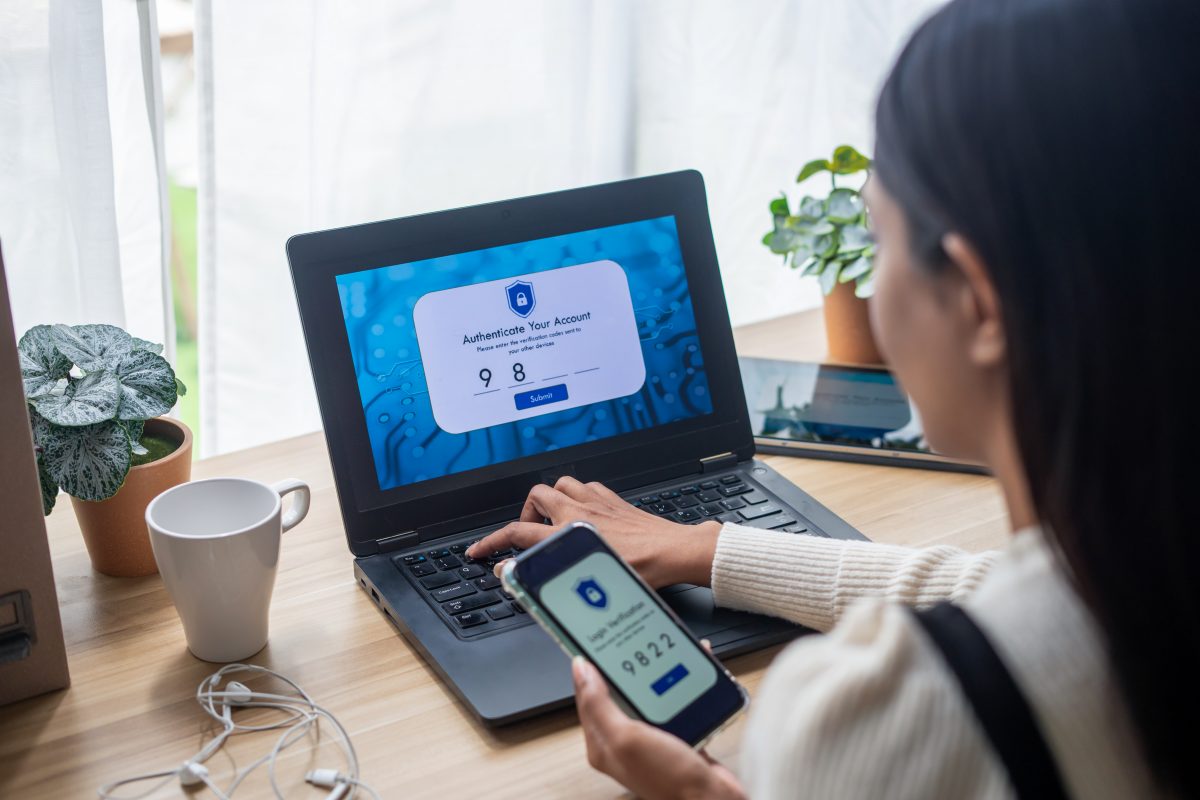
By Carlo Calimon, President/Co-Founder, Startup Village
The urgency to cultivate local digital economies has become a priority for Southeast Asian nations, as evidenced by ongoing discussions across the region. Recent studies from the Tech For Good Institute (TFGI) on the Evolution of Tech Regulation in Southeast Asia and Sandbox to Society: Fostering Innovation in Southeast Asia capture the varying approaches of regional nations to adapt to the rapidly evolving digital landscape. For instance, there is a growing imperative for governments to acknowledge that innovation requires a clear understanding of regulators’ roles and how governments can adapt swiftly. This underscores the crucial need to develop “fit-for-purpose” policies that are responsive, respect local norms, and effectively blend regional experience with local expertise.
Like its ASEAN neighbors, the Philippines is eager to capitalise on the opportunities presented by the rapidly evolving landscape of innovation and the digital economy. To achieve this, the Philippines adopts a harmonised approach that integrates regional experience with local context and expertise. Each country possesses a unique identity and governance style shaped by its stage of development, culture, and structural framework. While each nation may differ, they can develop alongside best practices, adapting them to local needs and settings rather than simply replicating them from neighboring countries.
A common theme that unifies these countries is their commitment to consumer protection, competition, safeguarding personal data, and enhancing cybersecurity amidst the digital transformation. Consequently, regulators have seen their roles expand, specialist agencies have emerged, cross-agency coordination has increased, and governments are now exploring innovative models themselves.
How does a country like the Philippines reconcile all these factors to craft its approach to strengthening its local digital economy? Several key insights were highlighted by the panel during the seminar that epitomise the necessary changes to create an inclusive, innovative, and investable digital economy in the Philippines and contribute to the country’s economic development.
Innovating Regulatory Frameworks: The Role of Policy Sandboxes
The necessity of protecting public interests underscores the constant need for regulation. However, how do policymakers and local governments create these regulations? Often, they reactively respond to new business models and innovations, lacking a full understanding of these new paradigms. Expert consultations are limited in such instances, and policymakers operate in silos, resulting in overly restrictive regulations that stifle potentially game-changing solutions before they can flourish.
The emergence of policy-focused local sandboxes in other nations, and in a few cases in the Philippines, presents an opportunity for a more inclusive and receptive regulatory environment. Policy Sandboxes, akin to startup incubators, provide a venue to test and validate policies in a controlled setting. This ensures the effectiveness of policies before full implementation, facilitates quick experimentation and managed failures, and involves stakeholders in the policymaking process.
Collaborative Governance: Co-Regulation in the Digital Age
“Policing” is traditionally viewed as the sole purview of the government. However, co-regulation engages not only the government but also industry stakeholders. In the digital realm, platform players are tasked as co-creators in formulating relevant regulations to guide and safeguard the industry.
A prime example of effective collaboration between government and the private sector is the development of the Internet Transactions Act (ITA) and its Implementing Rules and Regulations (IRR). The private sector was extensively consulted, and their inputs were pivotal in shaping this landmark legislation. Consequently, the ITA not only protects consumers but also promotes a conducive environment for merchants, aiming to stimulate transactions and economic activity. This model is noteworthy, with other countries considering its incorporation into their legal frameworks.
The collaborative approach of co-regulation simplifies navigation of the fast-evolving digital landscape. Built on trust among diverse stakeholders, it fosters market development, enhances user and provider protection, and ensures data security.
Bridging the Digital Divide: Infrastructure Challenges and Opportunities
According to research by the University of Asia and the Pacific (UAP), every PHP 1 spent by consumers in the digital economy yields a 44-cent return to the economy and a 1.1% improvement in employment. This underscores the socioeconomic benefits of the digital economy that cities and localities can harness. However, infrastructure gaps hinder these benefits from fully materialising.
Discussions on infrastructure often focus on internet and data connectivity, a significant challenge in the Philippines due to its archipelagic nature. Beyond connectivity, other infrastructure needs must be addressed. For instance, frequent power interruptions in provinces hinder online transactions and digital service accessibility. Similarly, the lack of efficient transport networks, including roads and bridges connecting islands, impedes affordable and seamless goods delivery. Strengthening infrastructure, including reliable electricity and efficient transportation, is essential for uninterrupted digital experiences.
This underscores the necessity of developing a comprehensive vision for a more digital Philippines, delineating steps and roadmaps to guide the nation’s transformation. This commitment underscores the Philippines’ dedication to cultivating an inclusive and resilient innovation and digital ecosystem.
Empowering the Digital Workforce: Education and Skills Development
The Philippines capitalises on a vital asset: its people. With a youthful population averaging 25 years, the country is poised to both consume and produce digital solutions. To sustain digital adoption, there is an imperative to reskill and retool the current population while adequately preparing the next generation.
Continued dialogue among government, the private sector, and academia is essential to formulate and implement concrete plans for digital literacy and skills development. This ensures that the nation’s populace is well-prepared to thrive in the digital economy, solidifying their roles as active participants in the country’s digital future.
In conclusion, while the prospects of a digital economy are promising, they also present challenges. Stakeholders’ proactive steps to prepare for this digital shift are commendable, echoing Dr. Jim Magsaysay’s call to anticipate and embrace change. Now is the opportune moment for the Philippines to establish a robust foundation for its digital economy—one that is inclusive, innovative, and attractive to investment, thus realising its potential as the rising star in the region.
About the writer
Carlo Calimon is the President and co-founder of StartUp Village. Hailed as the “Startup Whisperer,” Carlo has been supporting the development of MSMEs and startups in the Philippines for almost 20 years. He continues to teach, mentor, and guide startups while creating support programs to help develop the Philippine Startup Ecosystem. Carlo is also the chair of the Grants Committee for DICT’s Startup Fund and a technical panelist for DOST’s Startup Grant Fund and other programs.
The views and recommendations expressed in this article are solely of the author/s and do not necessarily reflect the views and position of the Tech for Good Institute.



